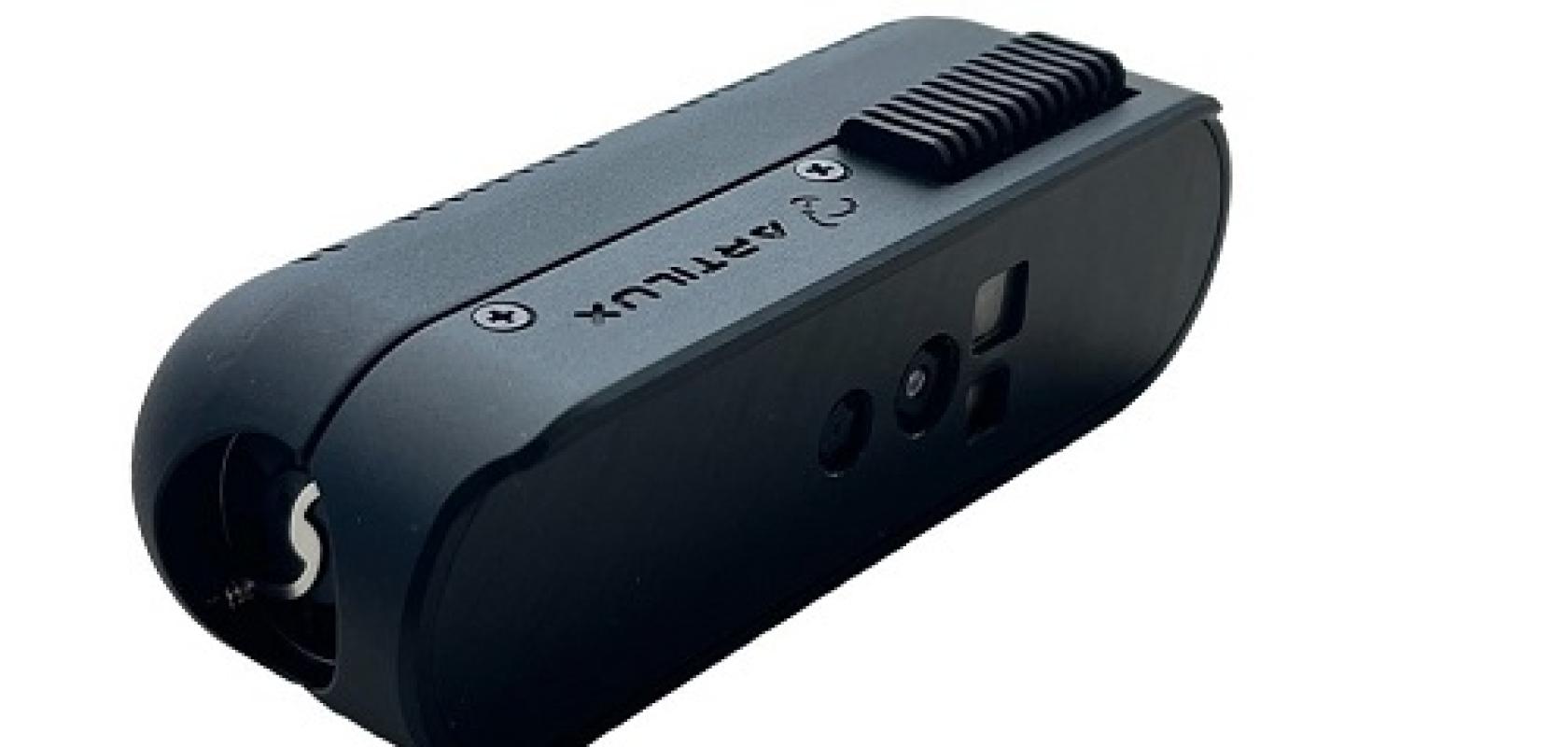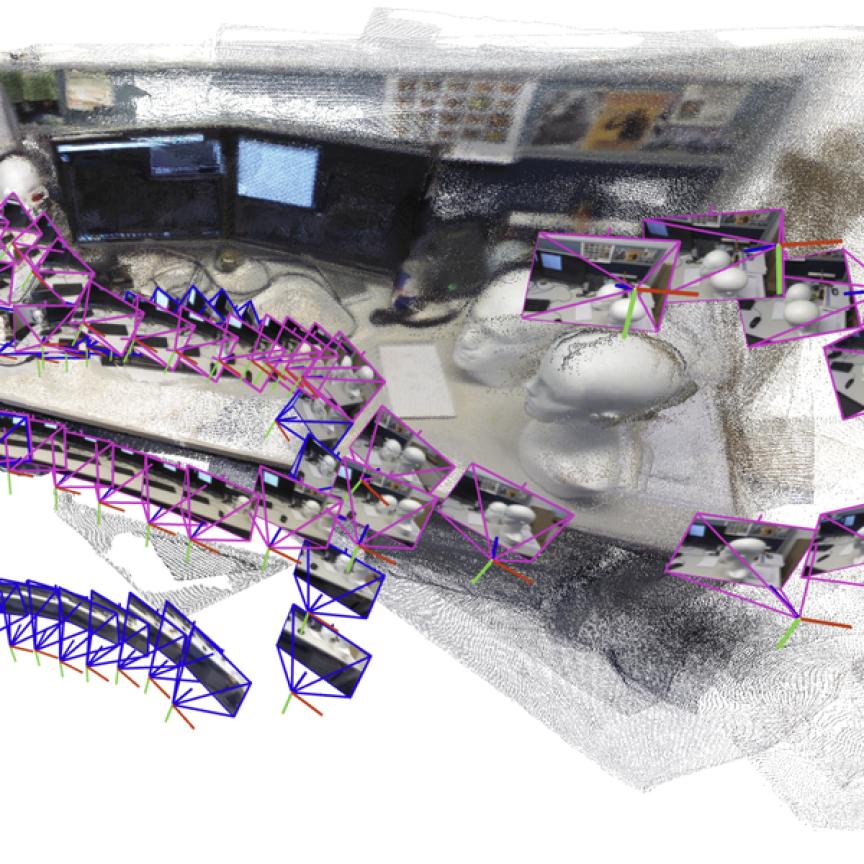A miniature 3D camera that operates in the shortwave infrared has been launched by Artilux and II-VI.
The camera, which has been designed for 3D sensing in consumer devices and the automotive market, combines Artilux’s GeSi sensor arrays with II-VI’s indium phosphide semiconductor lasers.
Artilux’s camera features a high-bandwidth and high-quantum-efficiency GeSi SWIR sensor array based on a scalable CMOS technology platform.
II-VI provided the SWIR illumination module comprising InP edge-emitting lasers that deliver up to 2W of output power and optical diffusers, in surface-mount technology packages for low-cost and high-quality assembly.
The camera operates at 1,380nm, rather than the 940nm at which traditional 3D sensors for consumer devices operate.
‘The longer infrared wavelength provides better contrasts and reveals material details that are otherwise not visible with shorter-wavelength illumination, especially in outdoor environments,’ explained Dr Julie Sheridan, senior vice president for optoelectronic devices and modules business unit at II-VI.
‘By designing a camera that operates at 1,380nm instead of 940nm, we can illuminate the scene with greater brightness and still remain well within the margins of eye safety requirements,’ she continued. ‘In addition, the atmosphere absorbs more sunlight at 1,380nm than at 940nm, which reduces background light interference, greatly improving the signal-to-noise ratio and enabling cameras with longer range and better image resolution.’
Dr Neil Na, co-founder and CTO of Artilux, said: ‘The miniature SWIR 3D camera can be seamlessly integrated into next-generation consumer devices, many of which are under development for augmented-, mixed-, and virtual-reality applications.’
Na added: ‘The SWIR camera demonstration provides a glimpse of the future of 3D sensing in the metaverse, with displays that can identify, delineate, classify, and render image content, or with avatars that can experience real-time eye contact and facial expressions.’


